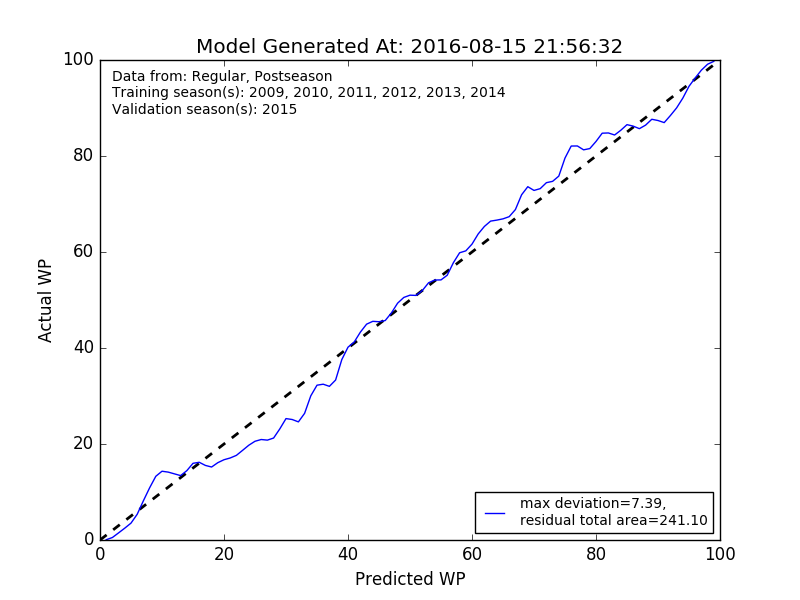So I built an interactive dashboard to parse just about every play run in the NFL since 2009 (excluding the preseason, because seriously, who cares?). That's over 300,000 plays, with detailed information on each from nfldb, and even win probability estimates through NFLWin. Oh, and I put it online for everyone to use. Feel free to skip to the bottom if you want to go check it out right away, but since it's a pretty big sandbox here are a couple of ideas:
- Find the times when runs on 3rd and long resulted in first downs:
- Remind yourself of some of Tom Brady's greatest moments:
- Get a list of all the worst safeties quarterbacks have taken:
The site's here - go nuts! If you need more inspiration, there are more ideas (as well as details about how it all works) in the about page.

